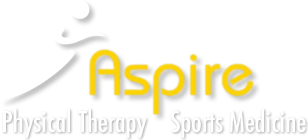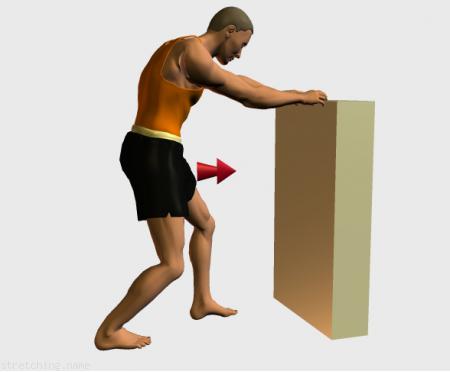Muscle cramps cramping your style?
Although cramps are typically related to activity, I would caution the reader to consider discussing muscle cramping that occurs in both legs or in multiple muscle groups with your primary care physician, especially if you are experiencing cramping unrelated to activity or if you have a known nerve, kidney, thyroid or hormone disorder, diabetes, hypoglycemia or anemia. Muscle cramping that worsens during prolonged activity, like walking, but is relieved by leaning forward could be due to compression of spinal nerves. Muscle cramping that worsens with activity but stops after activity could be due to poor blood supply to the legs. Muscle cramping due to these conditions is beyond the scope of this article.
Muscle tissue requires a certain environment for cellular processes to occur. This includes proper electrolyte balance, adequate water content and correct temperature. Cramping is all too common for athletes and it can be a real struggle to overcome them and minimize their occurrence. A typical cramp will come on rapidly and severely in one muscle, eg the calf, and can be quite painful. The muscle belly contracts so violently that it is nearly impossible to move the affected limb. One of the main reasons that cramping is believed to occur is because of a disruption in the ability of certain electrolytes and ATP (ATP is an energy resource essential to cellular metabolism) to move back and forth across the muscle cell membrane. When a cramp occurs, it’s as if the door has been locked and the needed electrolytes and ATP can’t get in or out. When a muscle cramp comes on one of the best remedies is to slowly stretch the muscle with constant firm tension. Finding someone who can stretch the area for you is ideal so that you aren’t creating further tension from your efforts.
There are several reasons that are believed to contribute to muscle cramping: prolonged short range contraction of the muscles, dehydration and/or mineral depletion, temperature extremes, and constrictive clothing or garments. If you are exercising in a way that puts the joints through a small motion but demands a lot from the muscles, e.g. horseback riding, the muscles will be likely to cramp. In this case it is important to reduce the duration you are performing the activity by changing the way you use the muscles and incorporating rest periods. Getting off the horse more frequently and doing simple squats, lunges, sidestepping, or stretching activities will allow the muscle tissue to work through a different pattern of movement. Staying on the horse all day long without taking rest breaks or staying properly hydrated with fluids and electrolytes is asking for trouble.
Muscles require a good flow of nutrients and waste products to perform normally. The chemical reactions which take place in the muscle require water and various minerals such as calcium, magnesium and potassium. Making sure you are staying hydrated as well as taking in an adequate amount of electrolytes should help reduce cramping by moving waste products out and nutrients in.
If you are exercising in either hot or cold weather, these condition extremes can impact the ability of the muscle to contract and relax. Muscle cellular activities/reactions require certain temperatures to operate and if these conditions are out of the ideal range the muscle won’t function properly and cramping could be a result. In hot weather, you are likely to perspire more and reduce available potassium, sodium and water content. In cold weather, the body may shunt blood flow away from the muscles to the internal organs to maintain proper core temperature at the expense of ideal muscle tissue temperature.
Finally, garments that restrict blood flow to the muscles can negatively impact the ability of nutrients to enter and waste products to leave the muscle tissue through the circulatory system. Again, this disruption in flow can result in cramping. Avoiding tight fitting garments may help to reduce the occurrence of cramping.
Cramping that occurs later on in the day after exercise can still be impacted by the above factors. Muscle tissue needs nutrients and water to recover from heavy exercise as well as to maintain exercise. Be sure to replenish your body with electrolytes and liquids following exercise. Another way to reduce cramping is to avoid being a “weekend warrior.” Weekend warriors will typically only be active on the weekends and when they are, they spend hours and hours with one activity. To avoid this, make attempts to stay active during the week so that the muscles are becoming used to the intensity of exercise they are put through on the weekend.

